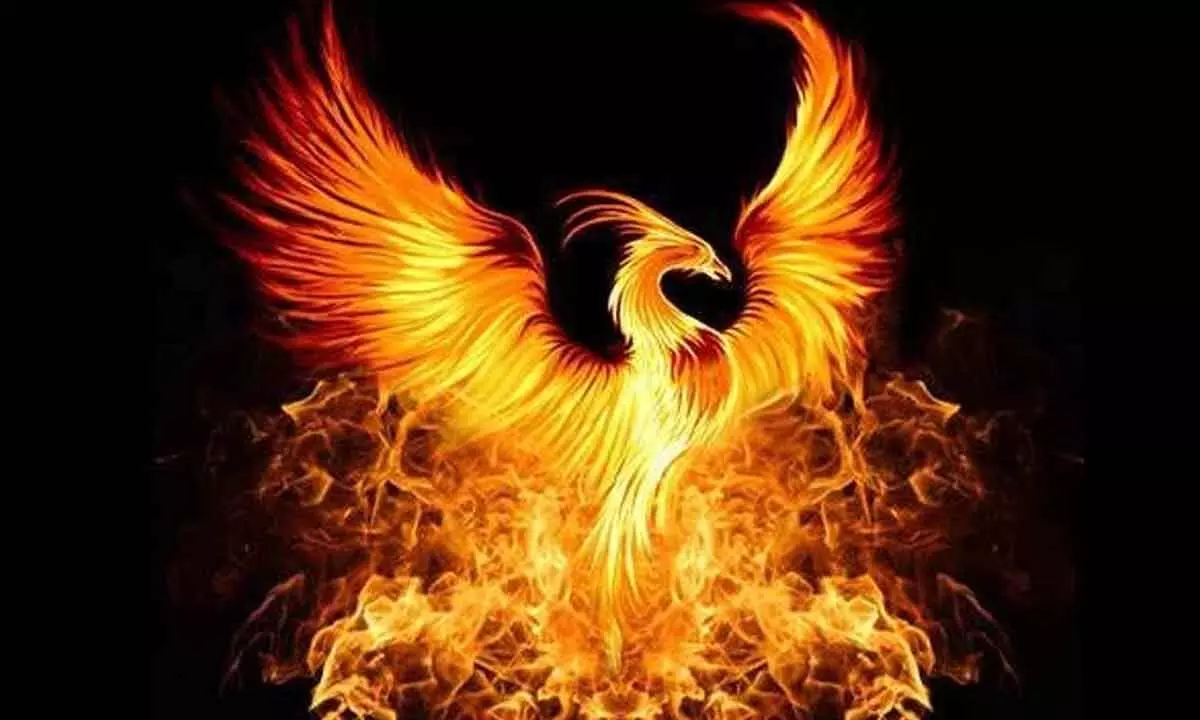Story of Phoenix Bird: Reborn Stronger and Wiser

Phoenix, bird reborn from its own ashes.
- Story of phoenix, strange bird, made of fire has a striking figure, which is reborn from its own ashes after having disappeared.
- Those who do not know the story have surely heard the myth or saying, he was reborn as the “Phoenix
The Phoenix bird is known to be creature, which is supposedly rises from its own ashes. The myth, associated with this creature is resilience capacity, which many people have, the ability to find numerous solutions to adverse situation that life presents them.
The phoenix bird, reborn from the ashes, that problem left them. The above bird is an iconic fire creature, it is capable of majestically soaring from the ashes of its own destruction. That is why it symbolizes the already described power of resilience to come out of problems strengthened.
It is interesting to know that early reference to their mythology can be found in both Arabic poetry as well as Greco-Roman culture and even in much of the historical legacy of the East. In China, for example, the Phoenix or Feng Huang symbolizes not only the highest virtue, power or prosperity, but also represents yin and yang, that duality makes up everything in the universe.
It is said that in the original Eden, under the tree of Good and Evil, a rose bush flourished. There, next to first rose, a bird was born with beautiful plumage and an incomparable song and whose principles made him the only being who did not want to taste the fruits of the tree. When Adam and Eve were expelled from paradise, a spark from the fiery sword of a cherub fell on the nest and the bird instantly burned.
From the flames, a new bird emerged, which was the Phoenix, with the unmatched plumage, scarlet wings and a golden body. Some fables later place him in Arabia, where he lived near a well of fresh water and bathed every day singing a melody so beautiful that it made the Sun God Stop his car to listen to it.
Immortality was the prize for his fidelity to the divine precept, along with other qualities, such as knowledge, the healing capacity of his tears or his incredible strength. Throughout his many lives of him, his mission of him to transmit the knowledge that he has treasured since its origin at the foot of the Tree of Good and Evil and to serve as a inspiration in his work of him to seekers of knowledge both artists and scientists.
His life span varies as per the adaption of the myth and the culture in question, thus, every 100,500, 540 years, the bird builds a funeral pyre in his own nest, fills it with incense and aromatic plants and at same time he sings the most beautiful songs, it ignites itself to extinction. There is only one single bird, whose form of reproduction is precisely rebirth, which is also a symbol.
The myth of Phoenix bird spread widely among the Greeks, who gave it name phoenicoperus (which means red wings) an appellation which spread throughout the Roman Europe. The early Christians, influenced by the Hellenic Cults, made this unique this unique mythical creature a living symbol of immortality and resurrection.
In Ancient Egyptian Mythology, the Phoenix represented the sun, which dies at nith and reborn in the morning. Another Symbol linked to the Phoenix is that, of hope, which represents a value that must never die in man.
As per the Ovid, "When the Phoenix sees its end coming, it builds a special nest with oak branches and fills it with cinnamon, tuberose and myrh, on top of palm tree. There it stand and singing the most sublime of its melodies, it expires. After 3 days, from its own ashes, a new Phoenix emerges and when it stronger enough, it takes the nest to Heliopolis. In Egypt and places it in the Temple of Sun. As the new Phoenix accumulates all the knowledge obtained from its origins, a new cycle of inspiration begins.
The Phoenix bird has its representation in different cultures, such as the Chinese (the Feng-Huang), the Japenese (the Ho-oo), the Russian (the Fire bird, which Stravinksy musically immortalized), the Egyptian (the Bennu), the Hindu(the Garuda). It is also present in the cultures of the Indians of the north of American Continent (the Yel) and of Latin American Cultures, such as Aztecs, Mavas and Toltecas (the Quetzal). It was first cited by Hesiod in the 8th century BC and later and in more detail by the Historian Herodotus.

















